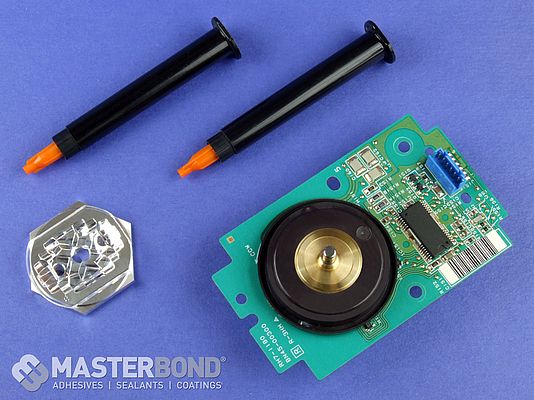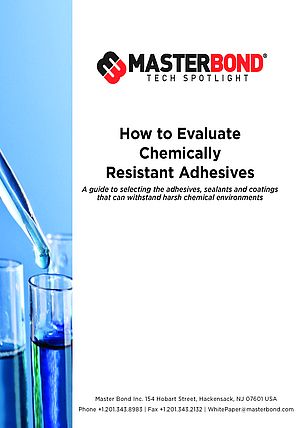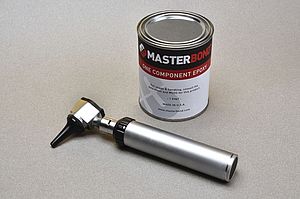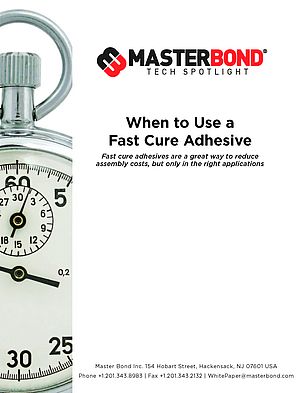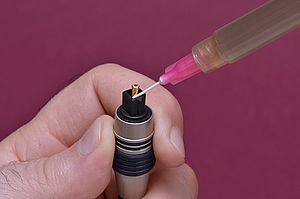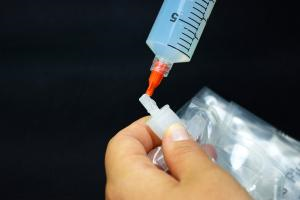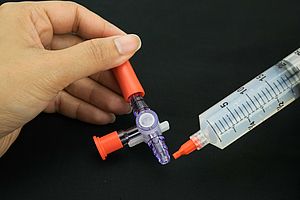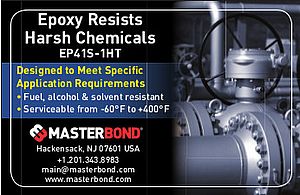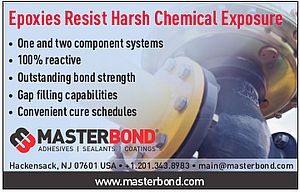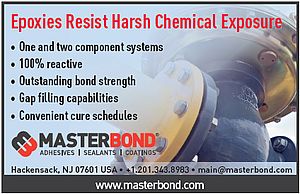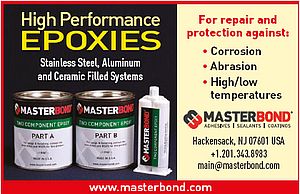Of all the factors that should be considered when selecting adhesive products, chemical exposure too often gets short shrift. A quick peek at a few data sheets or a chemical resistance chart may be all the work that goes into evaluating an adhesive product for use in a specific chemical environment.
Yet this kind of half-hearted effort simply won’t cut it if you want to make sure that adhesives, sealants and encapsulants will withstand the chemicals found in so many industrial, medical, automotive and aerospace applications. All polymers, including adhesives, have potential chemical vulnerabilities that can result in a loss of physical properties. The challenge is knowing exactly how those vulnerabilities will come into play given all the variables that govern the effects of chemical exposures.
These variables start with the interaction of material systems with specific chemicals. The challenge here is that there are literally thousands of combinations of substrate materials, adhesives and chemical agents to consider. The variables also include the type of exposure, which can range from a splash to continuous immersion. Finally, chemical resistance can vary substantially under different mechanical and thermal loads.
Getting a handle on how all these variables interact can be difficult and time-consuming. But the information in this white paper will give you a head start in picking adhesives that will hold fast against any chemical onslaught.


